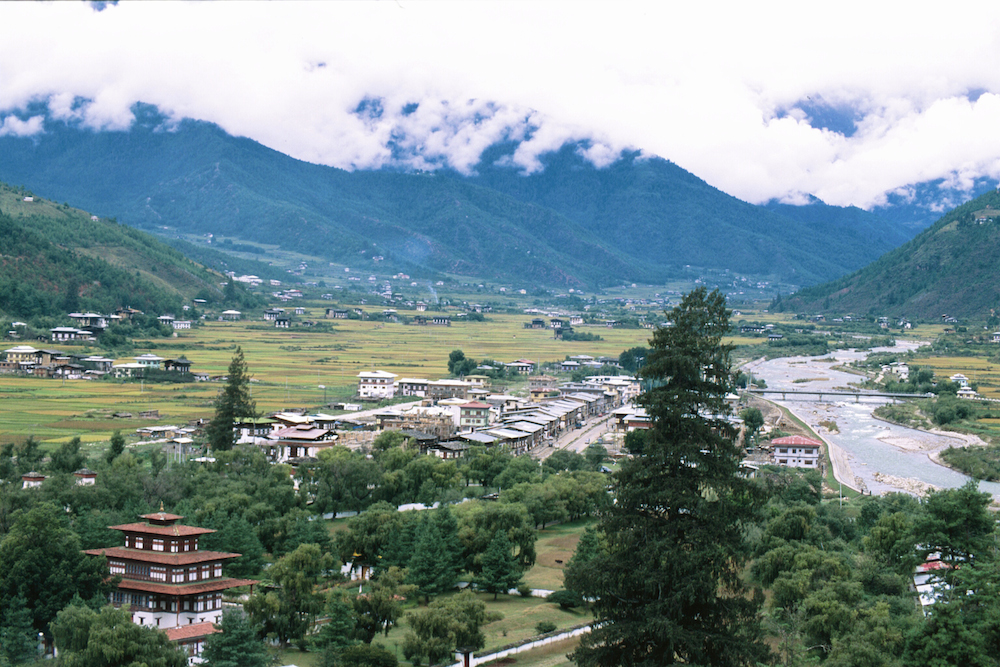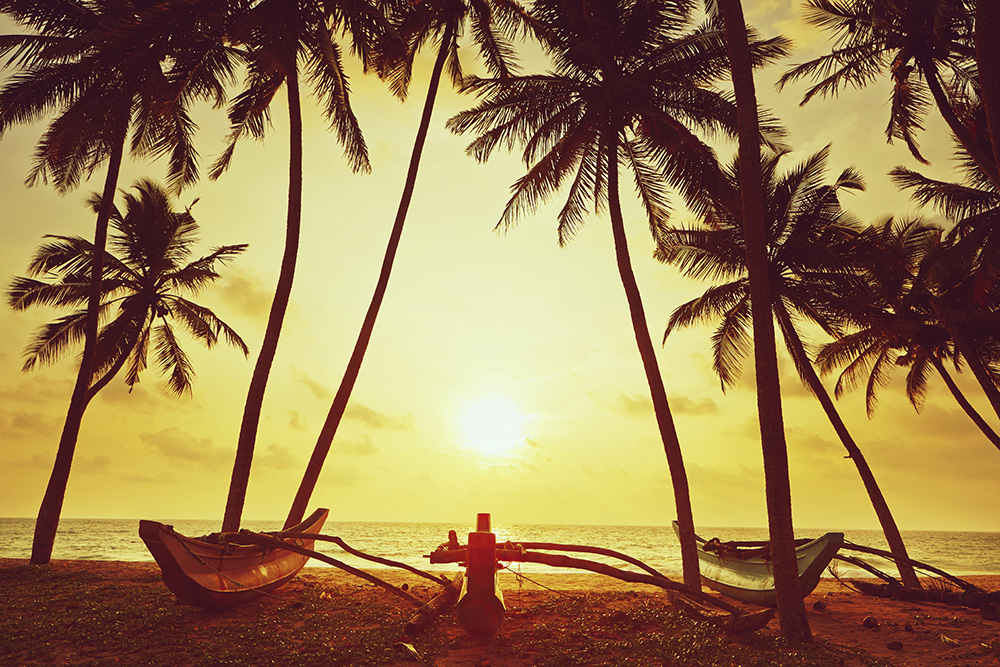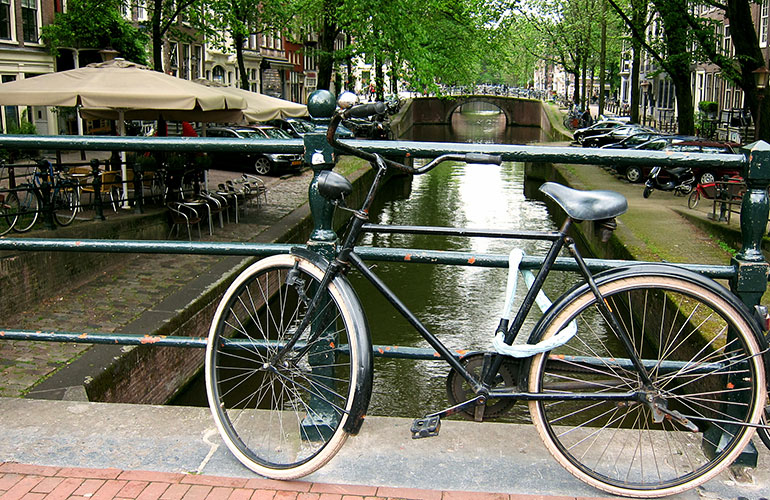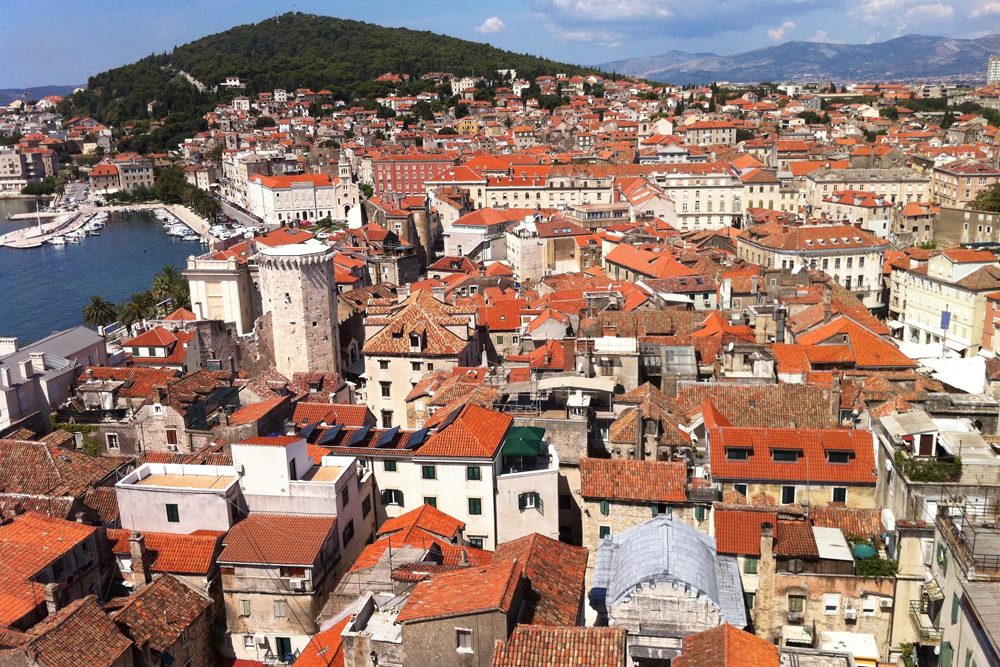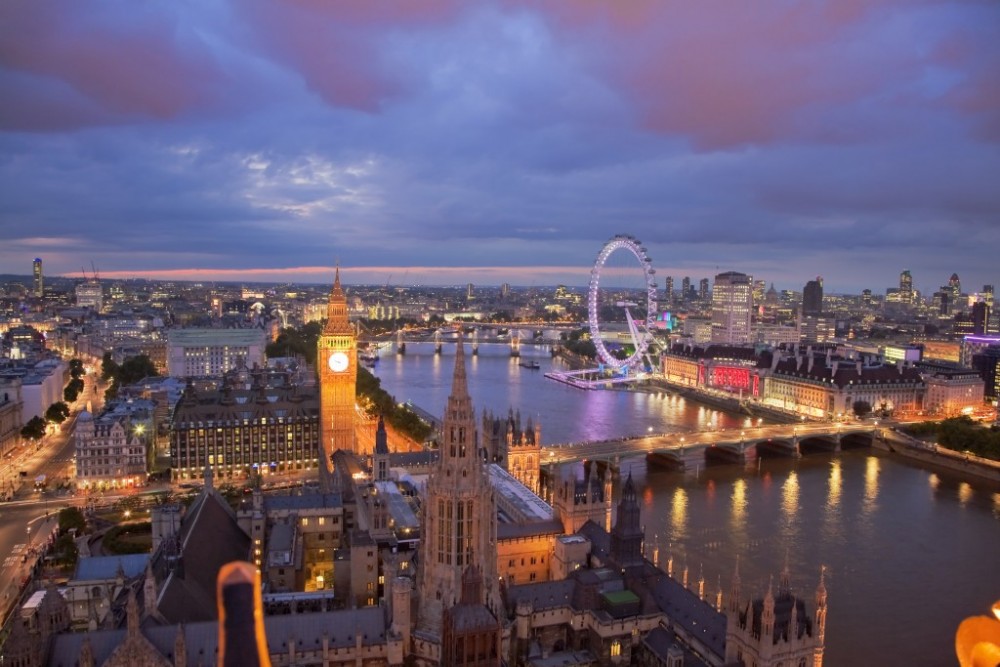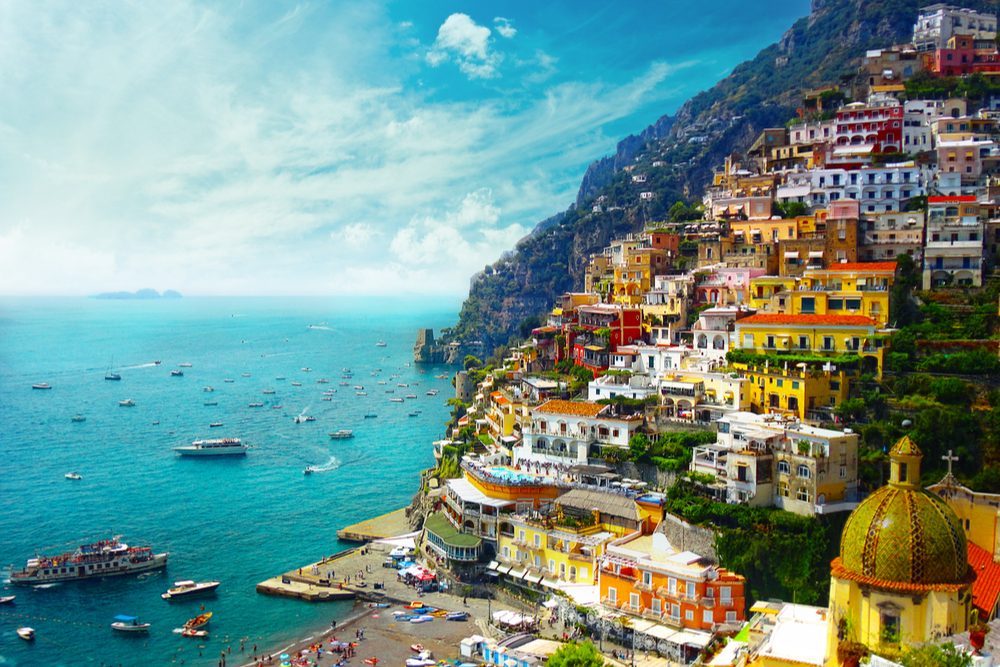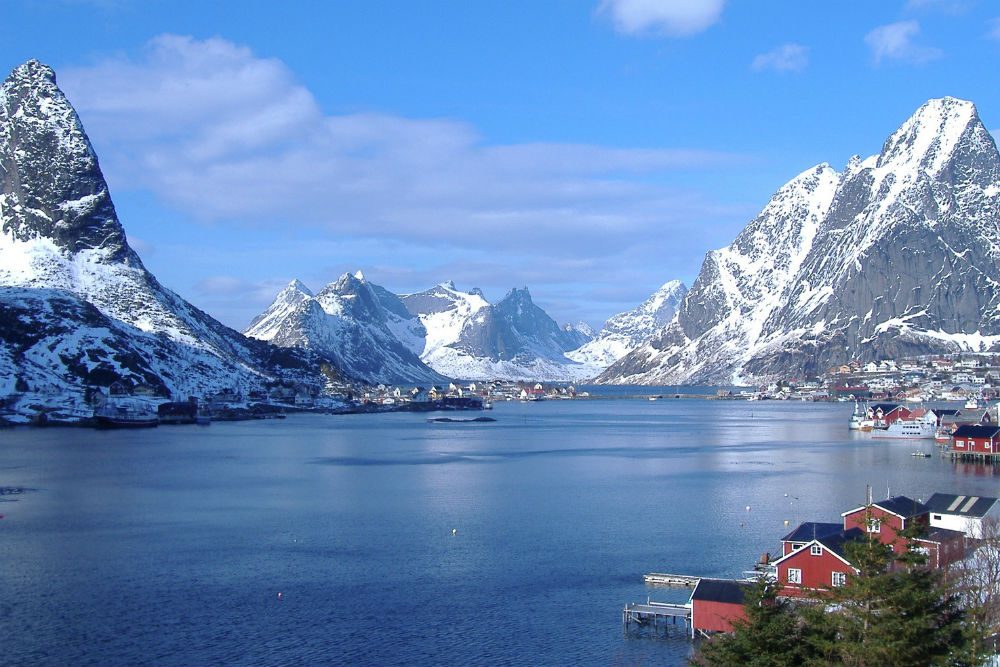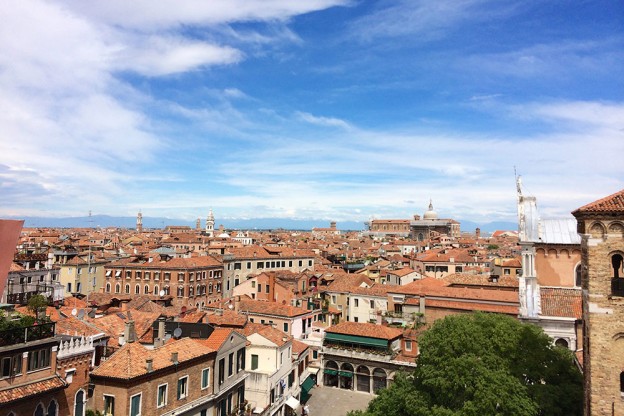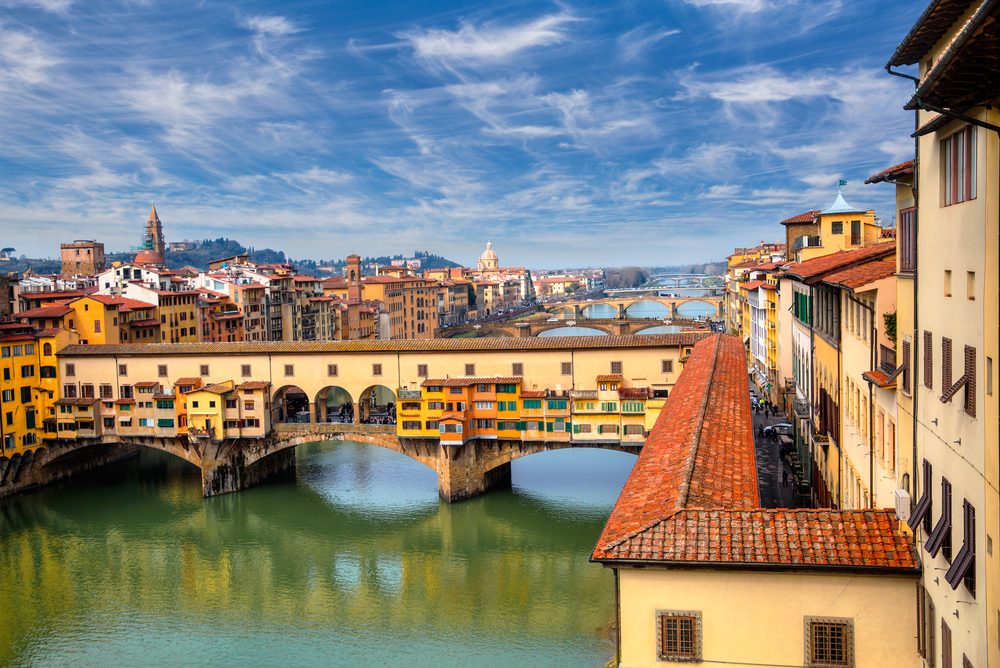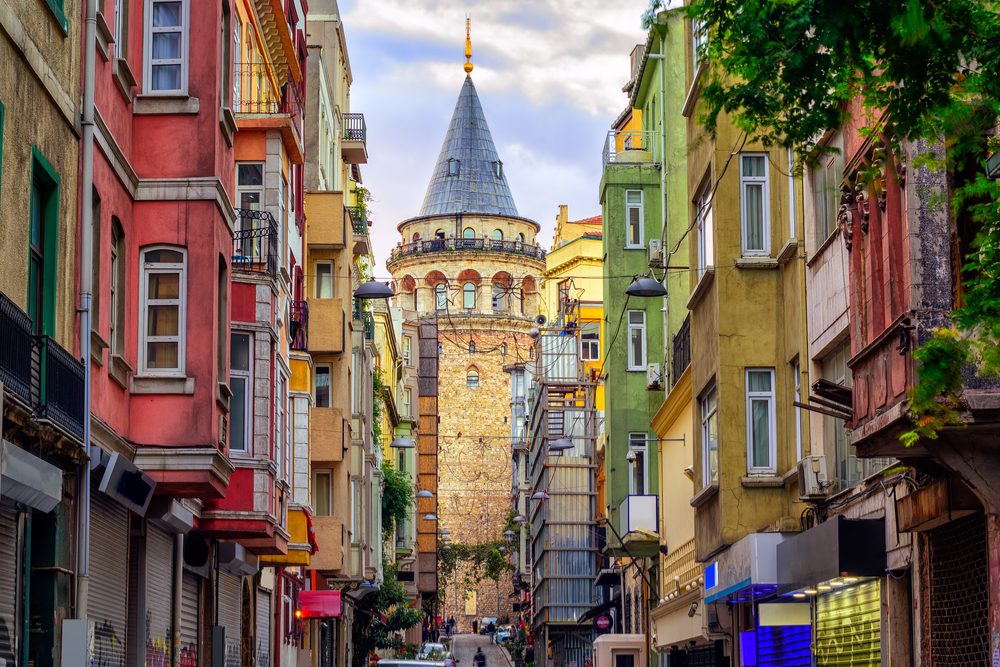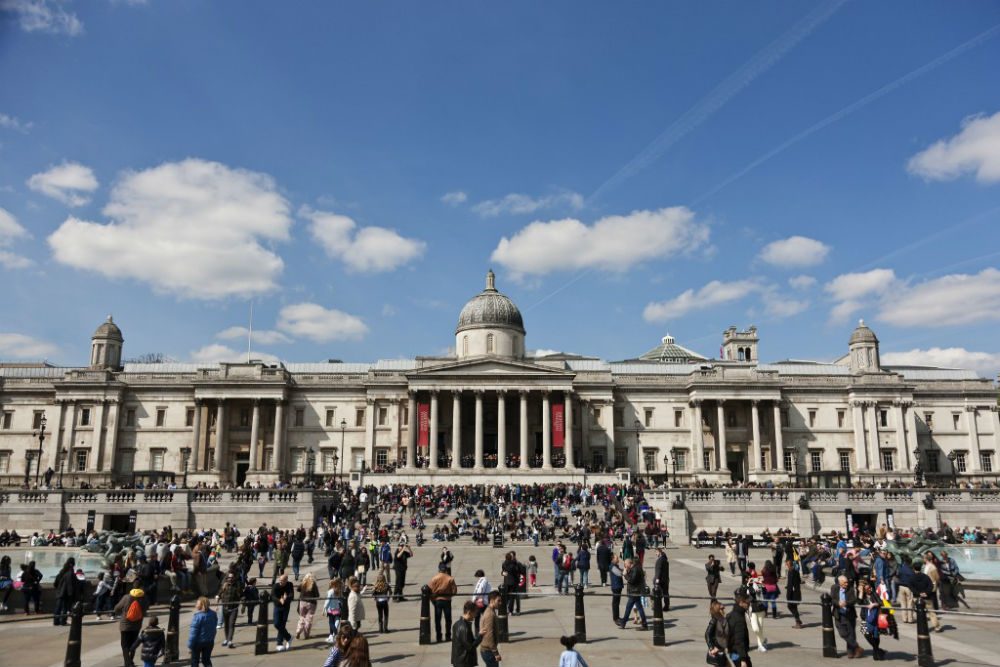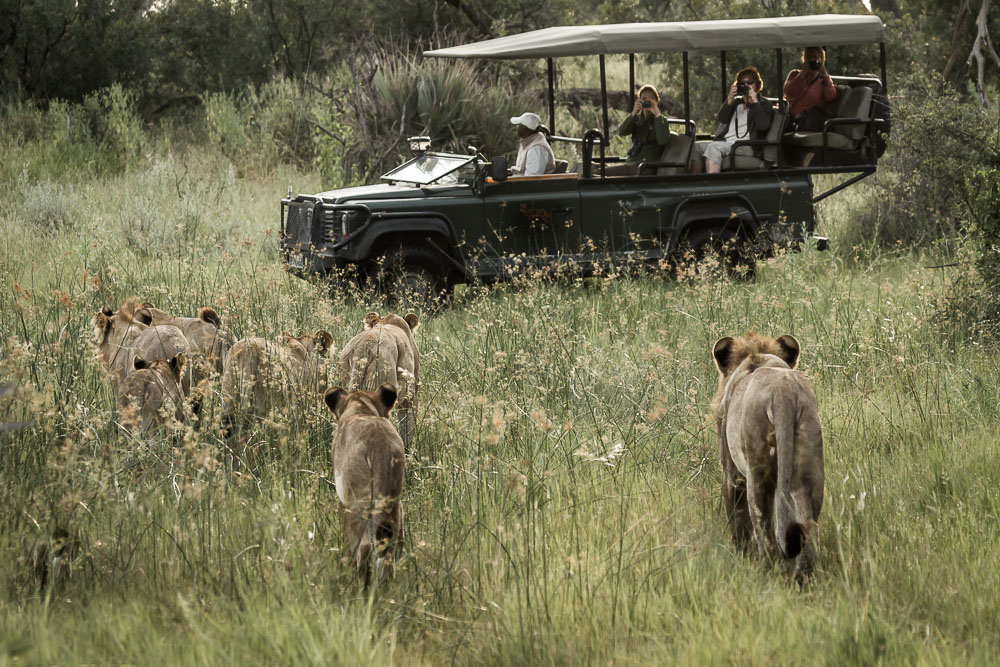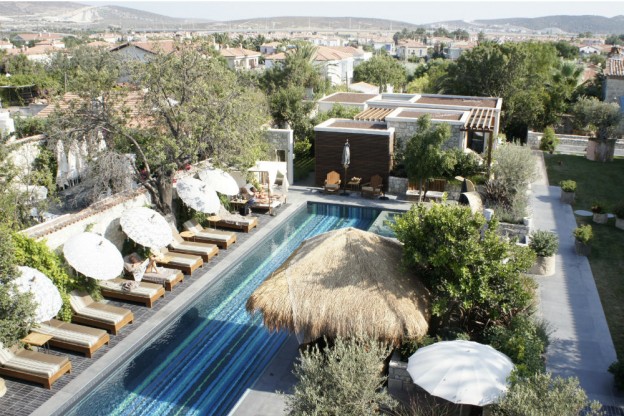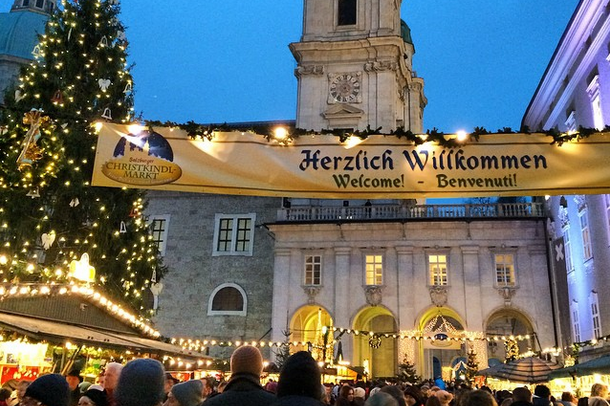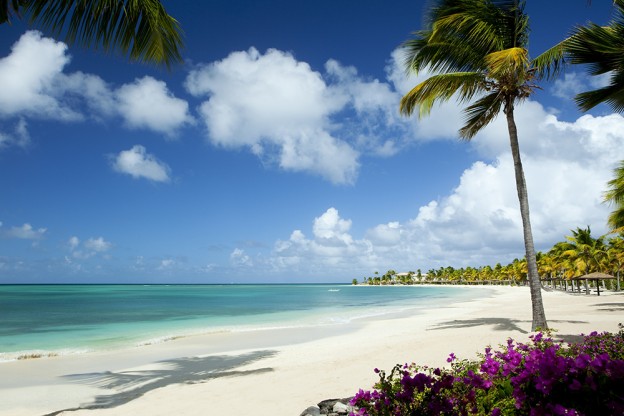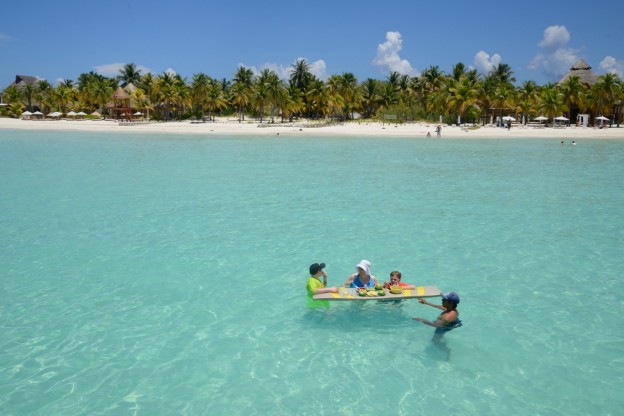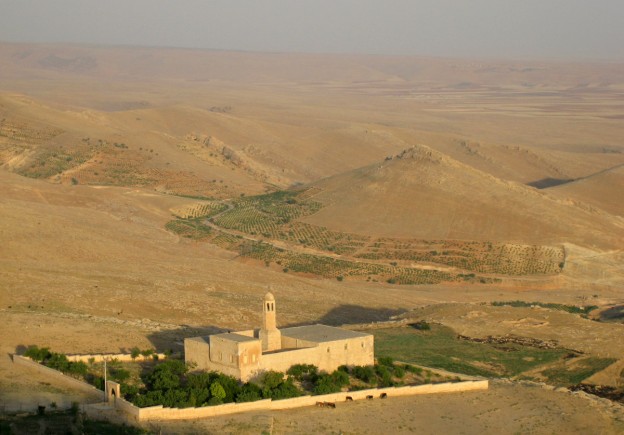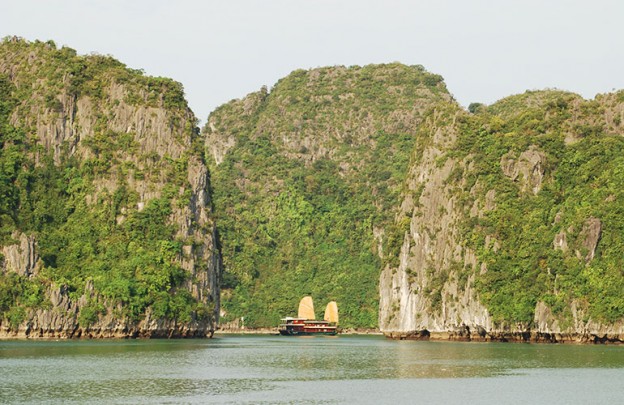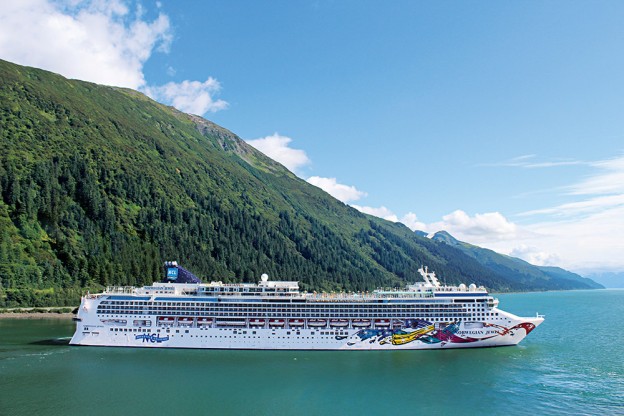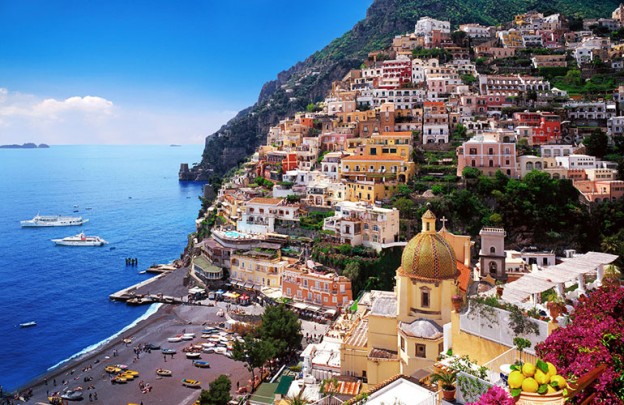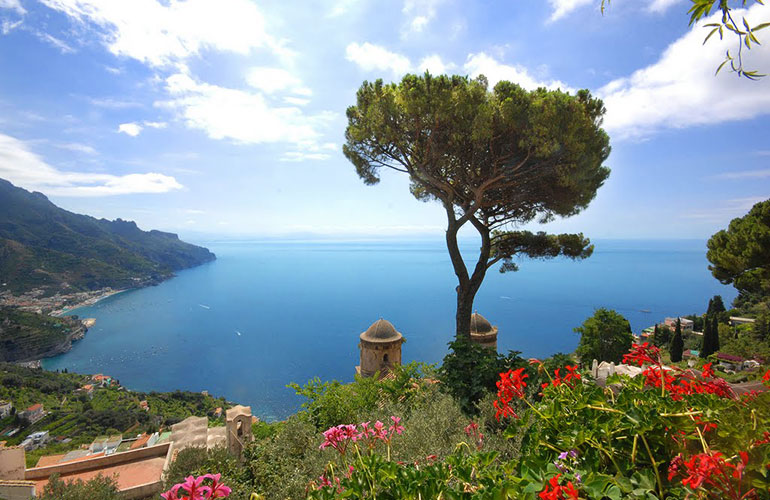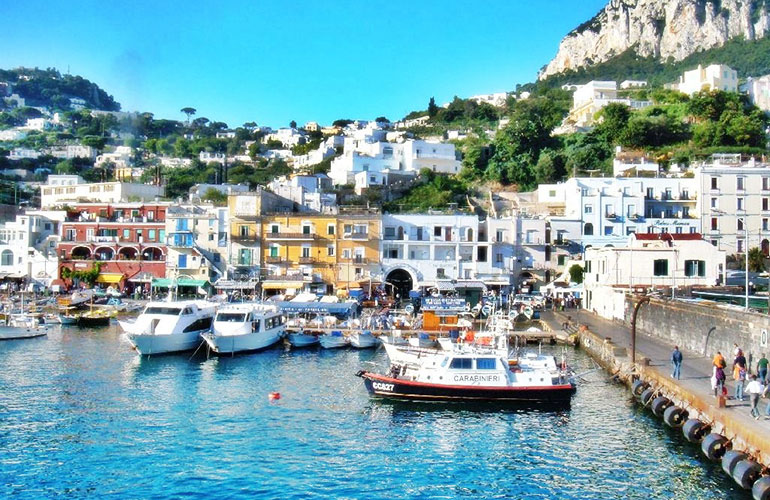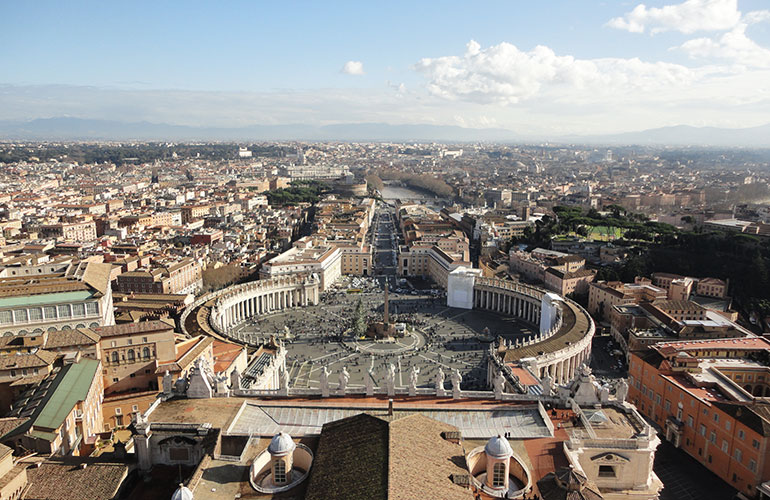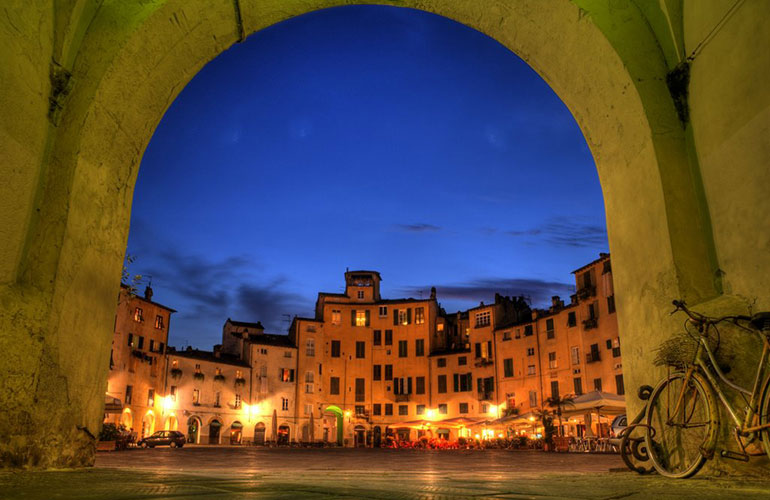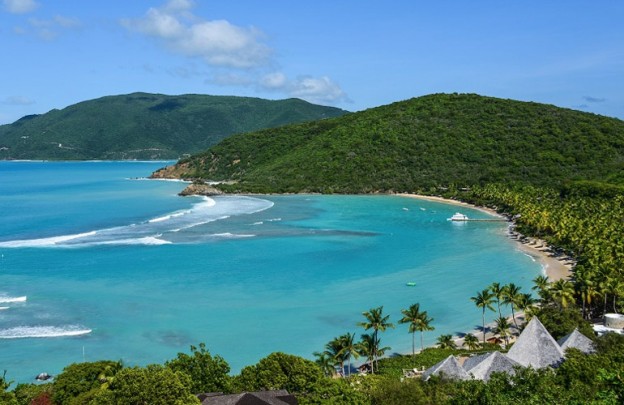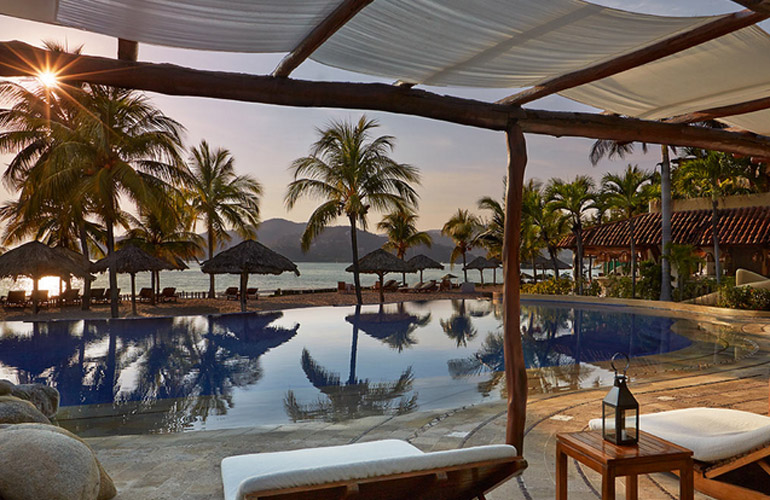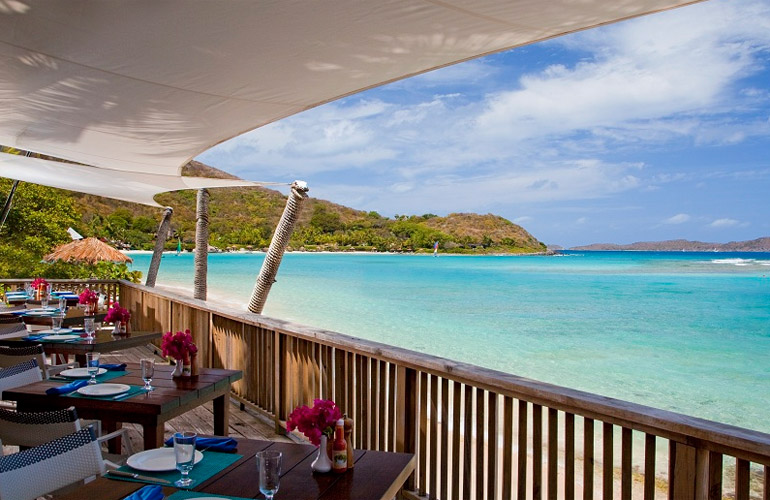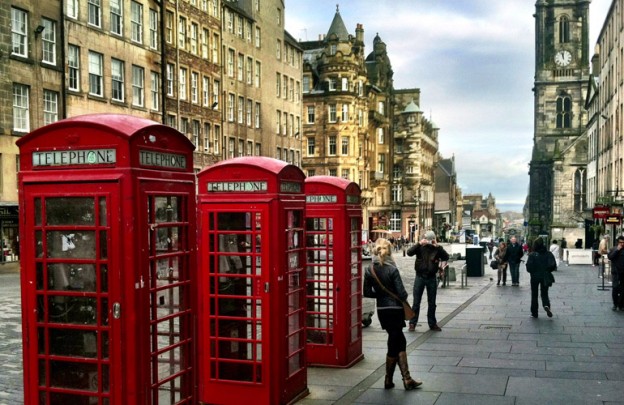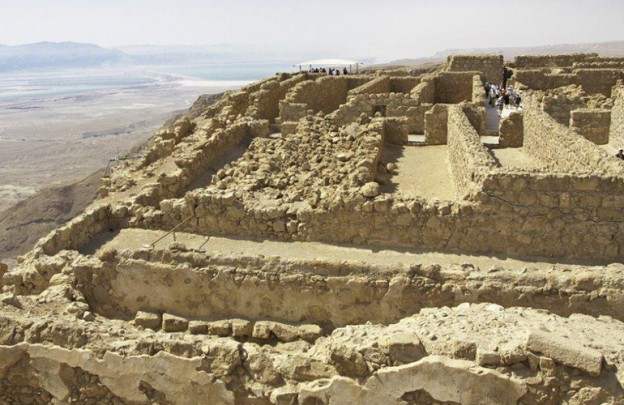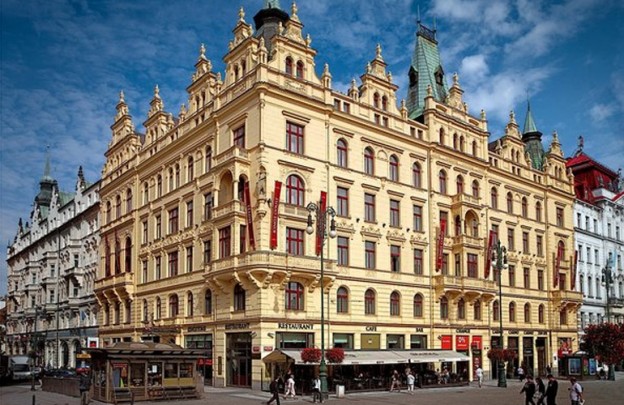Rookie travel mistakes happen more often than you think. In the excitement of preparing for a long-dreamed about escape or a last-minute getaway, even the savviest of globetrotters can forget the basics. A common one is not thinking about the best time of year (or time of week) to experience a destination; another is failing to allot enough time to visit each point on your itinerary. To be sure you don’t fall into any traps (tourist or otherwise) during your own adventures, we asked our Trusted Travel Experts to weigh in on the most important things to know—and the most common rookie mistakes to avoid—when traveling to China, Japan, Vietnam, and other parts of Asia.
What would you add? Leave your suggestions in the comments below.
Bali
Expecting idyllic white-sand beaches. Bali’s beaches are mostly too rough for swimming (but good for surfing), and the quieter ones have little or no sand. I listen carefully to what every client is looking for in a beach—and tell them if they’re better off in the Caribbean. —Diane Embree, Trusted Travel Expert for Bali
Read Diane’s Insider’s Guide to Bali
Bhutan
Not knowing that there is only one east-west road in the entire country, meaning that every tourist (and there are many, despite what anyone else says) who is not trekking is driving back and forth along that same road. —Antonia Neubauer, Trusted Travel Expert for Bhutan and Nepal
Read Antonia’s Insider’s Guide to Bhutan
Cambodia
One big rookie mistake that travelers make is assuming you’ll ride through the jungle on an elephant and “discover” Angkor Wat! It’s best to be realistic that this is a major international destination and plan accordingly. You can avoid the crowds and have a more special experience if you get an early start and begin at the back entrance to Angkor Wat, or visit lesser-known temples. If you head in unprepared, you’ll be in the middle of packs of tourists and you won’t really get to see anything. —Andrea Ross, Trusted Travel Expert for Southeast Asia
Read Andrea’s Insider’s Guides to Angkor Wat and Cambodia
China
Seeing only the famous sites, such as the Great Wall and the Terra-cotta Warriors. China has so much to offer, and major cities such as Beijing, Shanghai, and Xi’an are only a slice of the entire country—and an overdeveloped, crowded, and sprawling one at that. I urge you to spend from five days to a week focusing on a lesser-known province, such as Yunnan, Sichuan, Guizhou, or Guangxi. Visit some smaller villages, enjoy the beauty of terraced rice fields, and get away from the most popular places and the wonderful diversity of the culture will come to life. —Mei Zhang, Trusted Travel Expert for China
Read Mei’s Insider’s Guides to China’s Big Cities and Small Villages, Yunnan Province, and Beijing
Cruising in Asia
A rookie mistake is planning to board the ship the same day you fly into port. You’ve probably booked an Asia cruise because you want to pack a lot of destinations into a single trip—so why waste your time and money spending the first few days of your itinerary jet-lagged? Even if the ship spends the first night in its departure port, arrive a few days early so that you can properly acclimate (and not risk missing the ship due to airline or weather delays; Hong Kong in particular can get fogged in). —Mary Jean Tully, Trusted Travel Expert for Cruises
Read Mary Jean’s Insider’s Guide to Asia Cruises
India: Agra
A rookie mistake is forgetting to buy tickets to the Taj Mahal in advance. Tickets are not sold at the entrance: The ticket office is actually located in the East Gate parking lot about a mile from the monument entrance. Tickets to the Taj may also be purchased at any of the other monuments in Agra—but be sure that the date stamp is for the day that you will be visiting or is an open-ended ticket. —Sanjay Saxena, Trusted Travel Expert for India
Read Sanjay’s Insider’s Guides to Delhi and Agra and the Taj Mahal
India: Rajasthan
Travelers to India—and especially to Rajasthan—love to shop for fine jewelry because the prices are so good, but you need to go somewhere reputable, otherwise you may be sold glass instead of diamonds. (One of our favorite shops is the Gem Palace in Jaipur.) —Bertie and Victoria Dyer, Trusted Travel Experts for India
Read Bertie and Victoria’s Insider’s Guide to Rajasthan
Nepal
Not paying attention to altitude gain when trekking! People like to believe they are immortal and want to rush up mountains, but they need to study the rules for altitude acclimatization and follow them carefully. Altitude sickness is no joke. —Antonia Neubauer, Trusted Travel Expert for Nepal and Bhutan
Read Antonia’s Insider’s Guide to Nepal
Sri Lanka
Sri Lanka looks small on a map, but it can take hours to get from place to place, and there are definite no-nos. For instance, don’t try to travel from Kandy to Yala National Park in one day, or from the Cultural Triangle to the beaches of Tangalle, or from Jaffna to Colombo. On the map (and on Google Maps), distances and approximate travel times are misleading. Sri Lanka offers great diversity and looks like you can tick all the boxes in one week—you can’t. If you want to speed things up a little, try flying on certain segments. Two local operators offer scheduled flights around the country: Cinnamon Air and Helitours. —Miguel Cunat, Trusted Travel Expert for Sri Lanka
Read Miguel’s Insider’s Guide to Sri Lanka
Thailand
Visiting Bangkok first. This sprawling metropolis of some 18 million people can be overwhelming, so I don’t recommend it for your first encounter with Thailand. It’s much more enjoyable to recover from jet lag someplace relaxing and traditionally Thai, such as Chiang Mai, Chiang Rai, or Sukhothai. By traveling upcountry (or to the beach) first, you’ll experience traditional Thai culture, have time to acclimate to the time zone, and appreciate Bangkok much more when you visit it at the end of your trip. —Sandy Ferguson, Trusted Travel Expert for Southeast Asia
Read Sandy’s Insider’s Guides to Bangkok, Southeast Asia, and Thailand
Uzbekistan and The Silk Road
Some travelers opt to fly from one Silk Road city to another, and there is a high-speed train from Tashkent to Samarkand, but travel by car is most rewarding. There are many cultural, architectural, and archaeological treasures to find outside the main cities, as well as rural villages to visit, the ancient towns of Jizzakh Province, local bazaars, and amazing photo opportunities. —Zulya Rajabova, Trusted Travel Expert for Uzbekistan and the Silk Road
Read Zulya’s Insider’s Guide to Uzbekistan
Do you have tips on avoiding rookie mistakes? Share your advice in the comments.


